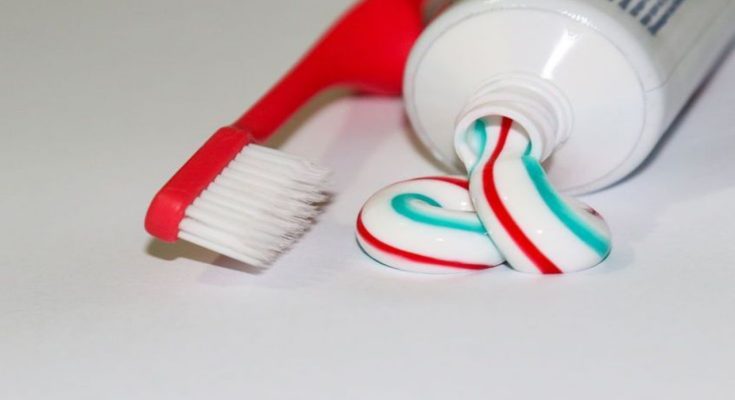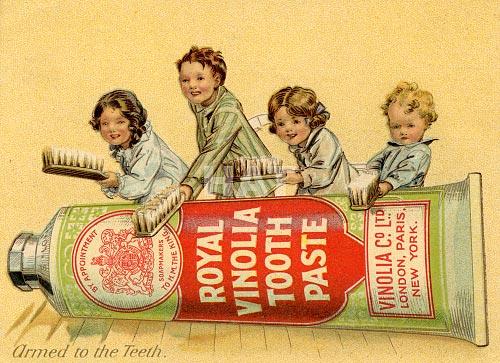The history of tooth cream and toothpaste reflects the evolution of oral hygiene practices from ancient times to the modern era. Here’s a detailed look at their development:
Tooth cream and Toothpaste in Ancient and Pre-Modern Practices
Tooth cream in Ancient Civilizations
- Egyptians (circa 5000 BCE): The ancient Egyptians used a combination of ingredients such as powdered oxen hooves, burnt eggshells, and myrrh to clean their teeth. They used a rough powder, applied with a chew stick or their fingers.
- Greeks and Romans (circa 400 BCE): Greeks and Romans employed tooth powders made from ingredients like crushed bones, oyster shells, and charcoal. They used these powders with chew sticks, twigs, or early versions of toothbrushes.
Tooth cream and Toothpaste at Chinese and Indian Traditions
- Chinese (circa 2000 BCE): The Chinese used a combination of herbs and salt to maintain oral hygiene. They also developed the first known toothbrush, made from bamboo and boar bristles.
- Indians (circa 3000 BCE): Ancient Indian oral hygiene included the use of herbal powders and chewing sticks made from neem or babul trees. Ayurvedic texts describe various methods for maintaining dental health.
Tooth cream in Medieval Period
- Europe (Middle Ages): During this period, oral hygiene was less advanced. People used cloths or fingers for brushing and sometimes used coarse powders made from charcoal and salt. These practices were not very effective by modern standards.
Tooth cream in Early Modern Period
- 17th Century: The first commercial toothpaste was created by the French dentist Pierre Fauchard, often referred to as the “father of modern dentistry.” He developed a paste made from ingredients like burnt alum, crushed eggshells, and sugar.
19th Century
- 1800s: The industrial revolution led to the commercialization of oral hygiene products. In 1824, the British dentist Dr. J. Smith created a tooth powder that gained popularity.
- 1850s: The first toothpaste in a jar was introduced by Dr. Washington Sheffield, an American dentist. His toothpaste, called “Crème Dentifrice,” was sold in a lead tube, similar to those used for artists’ paints.
20th Century
- 1900s: Toothpaste became more widely available and affordable. Key developments included the introduction of fluoride, which was shown to reduce cavities. In the 1950s, fluoride toothpaste became common.
- 1950s-1960s: Toothpaste tubes evolved from lead to plastic. Brands like Colgate and Procter & Gamble introduced more advanced formulas with added ingredients such as baking soda, triclosan, and various flavorings.
Modern Era
- 1970s-Present: The development of modern toothpastes has focused on various benefits beyond cleaning, such as cavity protection, tartar control, teeth whitening, and sensitivity relief. Toothpaste formulations now include ingredients like fluoride, baking soda, hydrogen peroxide, and silica for different oral health needs.
- Innovation: Advances in toothpaste technology include the development of gel-based and natural toothpaste options, as well as specialized formulas for different age groups and oral health concerns.
Current Trends
- Natural and Organic Products: There is a growing market for natural and organic toothpastes, which avoid synthetic ingredients and focus on natural compounds like activated charcoal, herbal extracts, and essential oils.
- Sustainable Packaging: In response to environmental concerns, there is a push towards eco-friendly packaging, including biodegradable tubes and refillable containers.
Toothpaste has come a long way from its early beginnings as a rough powder to a sophisticated product designed to address various aspects of dental health. The evolution reflects advancements in dental science, technology, and consumer preferences.






You always provide such great value.